Will oil prices break the downward trend after the decision to buy additional oil for the US strategic petroleum reserve?
World oil prices
According to Reuters , the US Department of Energy said on June 9 that it had awarded contracts to five companies to deliver 3.1 million barrels of crude oil to the US Strategic Petroleum Reserve in August at an average price of $73 per barrel. In May, the department announced plans to buy oil as a step to replenish emergency reserves after a record release of 180 million barrels last year in an effort to cool soaring oil prices.
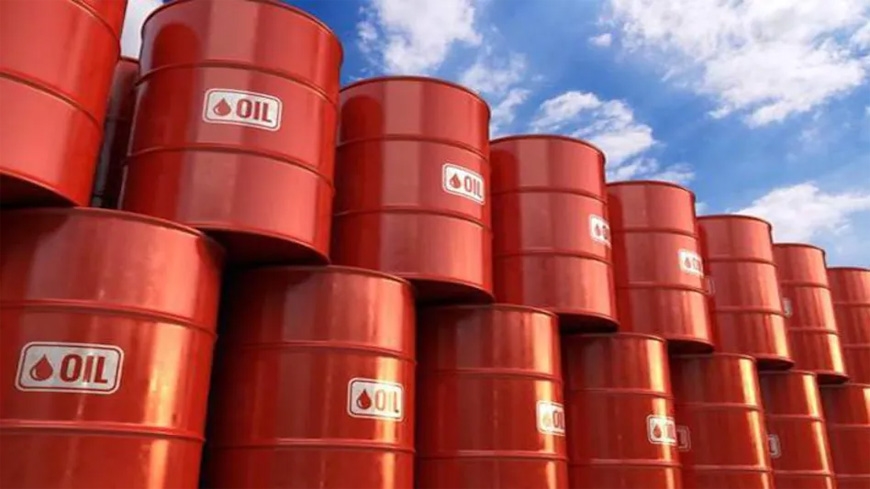 |
| Will gasoline prices end their downward trend? Illustration photo: Businesstoday |
In a report, the US Department of Energy said that 3 million barrels of oil are being purchased at an average price of about $73 per barrel, lower than the average price of about $95 per barrel that oil from the strategic petroleum reserve will be sold at in 2022.
The US government previously said it would start buying for the oil reserve when prices were at or below $72 a barrel. At the end of the trading session on June 9, which was also the last session of the trading week, the US WTI oil price closed at $70.17 a barrel, down $1.57 from the previous week.
The US Department of Energy has also issued a new tender for another 3 million barrels, expected to be delivered in September.
The US Department of Energy's purchase and tender decision will likely help oil prices reverse their decline and regain their upward momentum from earlier this week.
Both benchmarks fell more than $1 last week, marking their second consecutive weekly decline. Brent crude fell $1.34 to $74.79 a barrel, while WTI fell $1.57 to $70.17 a barrel.
The plunge in oil prices was due to weak economic data from China and rising US gasoline inventories.
According to the US Energy Information Administration (EIA), US gasoline reserves increased by 2.8 million barrels last week, while diesel reserves also increased by 5.1 million barrels. The unexpected increase in US fuel reserves raised concerns about consumption in the world's leading oil-consuming country.
Meanwhile, according to data released by the National Bureau of Statistics of China, in May, China's producer price index (PPI) fell 4.6% year-on-year, marking the sharpest decline in seven years. According to the agency, the PPI fell due to weakening overall demand, coupled with cooling global commodity prices.
Also according to the National Bureau of Statistics of China, the consumer price index (CPI) in the East Asian country increased slightly by 0.2% compared to the same period in 2022, lower than the forecast of 0.3% and just above the 0.1% rate in April.
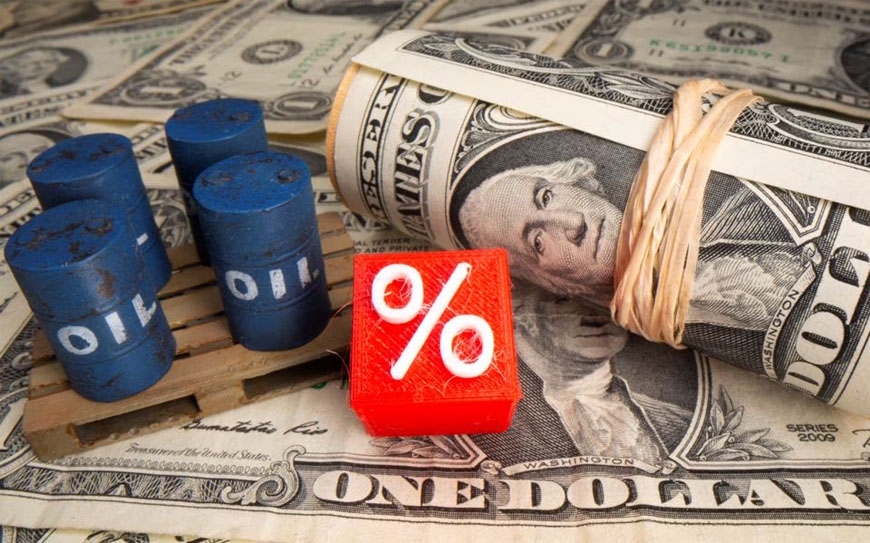 |
| Gasoline prices will continue to fluctuate upward. Illustration photo: Reuters |
During the week, oil prices also climbed after Saudi Arabia's decision to cut production by an additional 1 million barrels per day in July and OPEC+'s decision to extend the current production cut policy until the end of 2024.
Next week, in addition to the decision to purchase more oil for the US strategic oil reserve, the decision of the US Federal Reserve (Fed) on whether to raise or keep interest rates unchanged will be a factor affecting oil prices. According to analysts, the Fed is likely to keep interest rates unchanged and this will support the acceleration of gasoline prices.
Domestic gasoline prices
Domestic retail prices of gasoline on June 11 are as follows:
E5 RON 92 gasoline is not more than 20,878 VND/liter. RON 95 gasoline is not more than 22,015 VND/liter. Diesel oil not more than 17,943 VND/liter. Kerosene not more than 17,771 VND/liter. Fuel oil not exceeding 14,883 VND/kg. |
Although world oil prices have decreased for two consecutive weeks, the reference price in the Singapore market has increased slightly, so it is likely that at the price adjustment session of the Ministry of Finance - Industry and Trade on June 12, oil prices will be adjusted slightly up or remain unchanged.
Since the beginning of the year, gasoline prices have undergone 15 adjustments, of which 9 have increased, 5 have decreased, and 1 has remained unchanged.
MAI HUONGSource








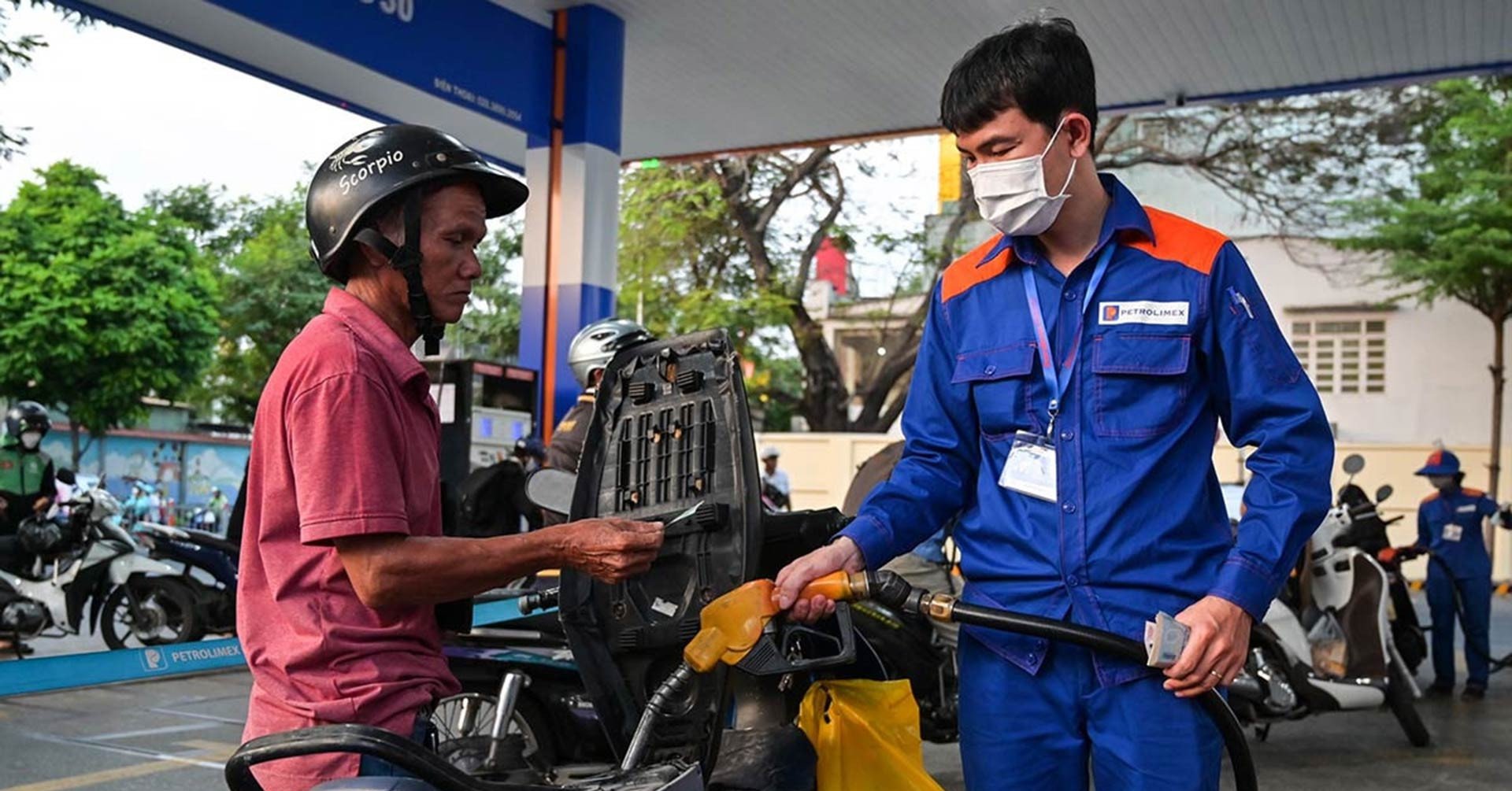




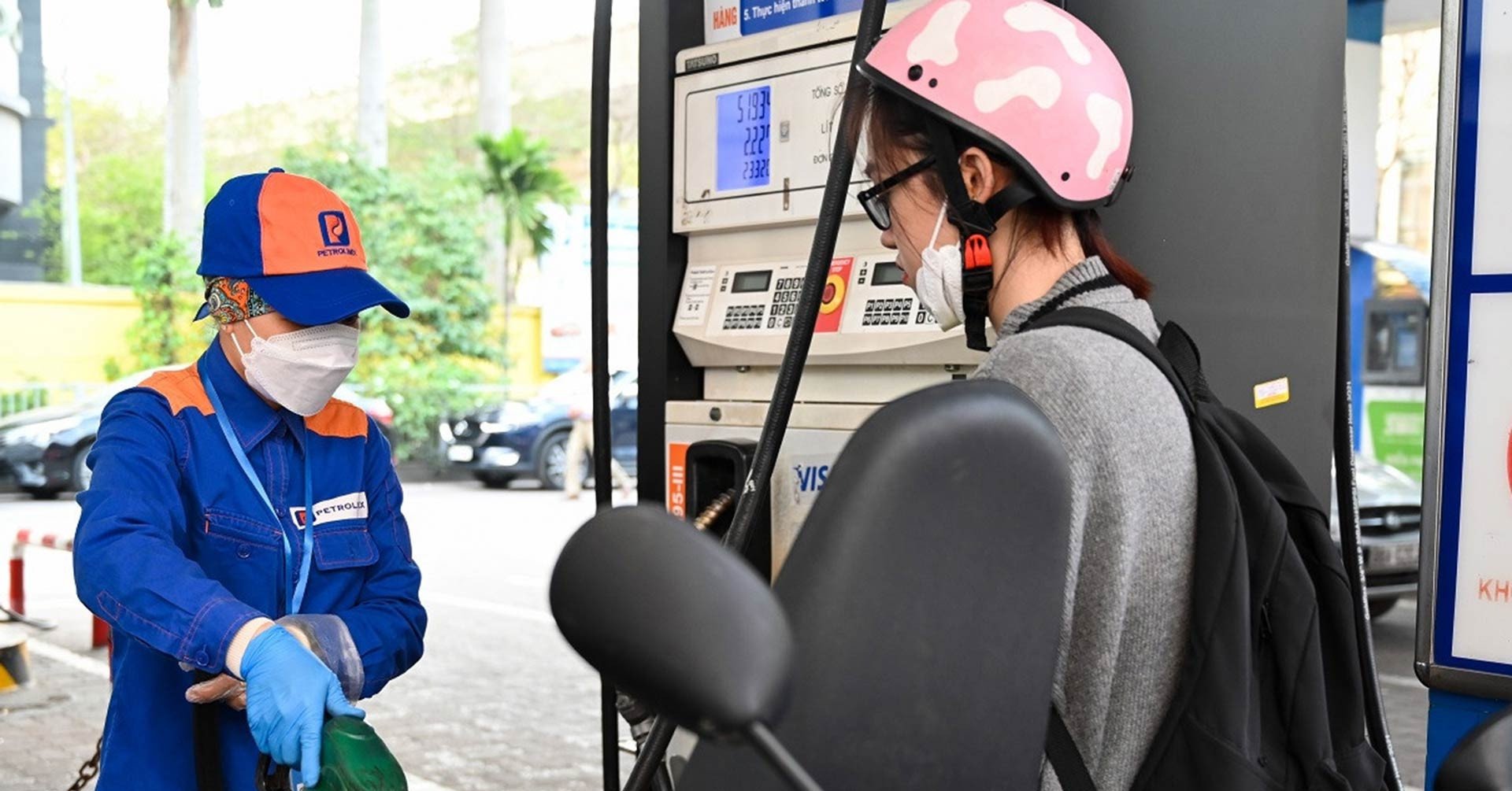
















![[Photo] "Beauties" participate in the parade rehearsal at Bien Hoa airport](https://vstatic.vietnam.vn/vietnam/resource/IMAGE/2025/4/11/155502af3384431e918de0e2e585d13a)


















































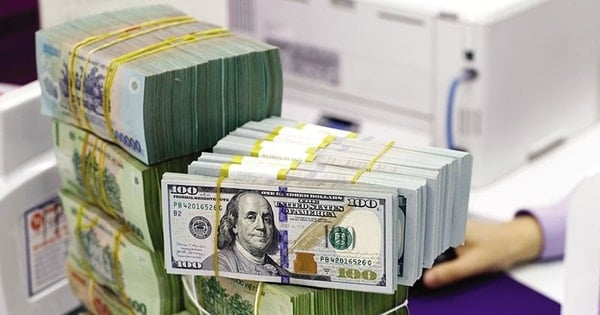













Comment (0)